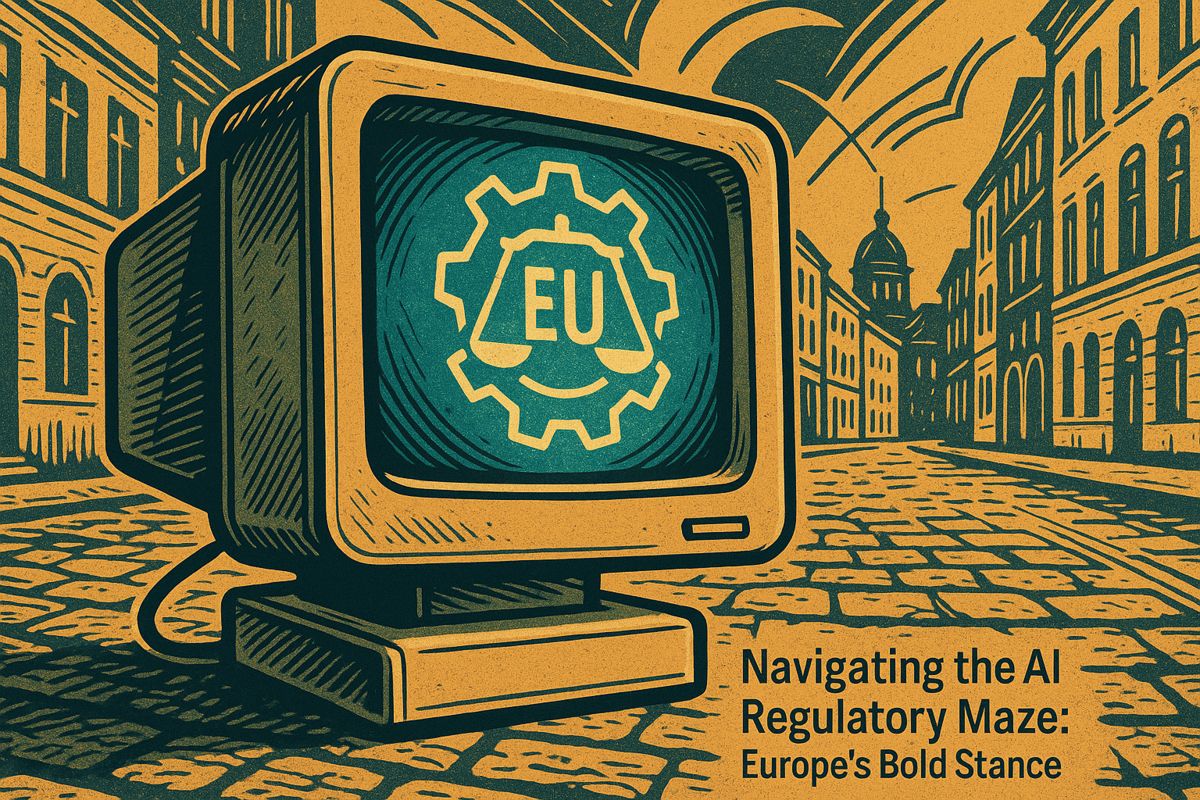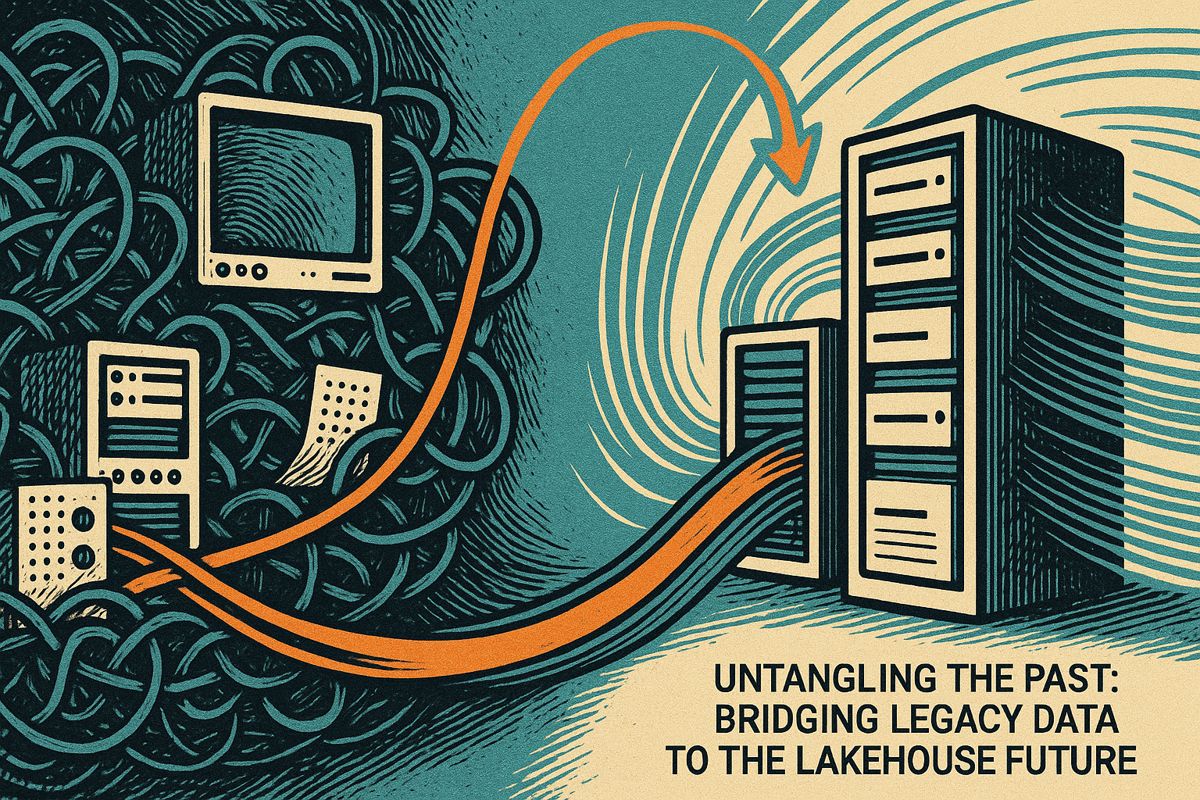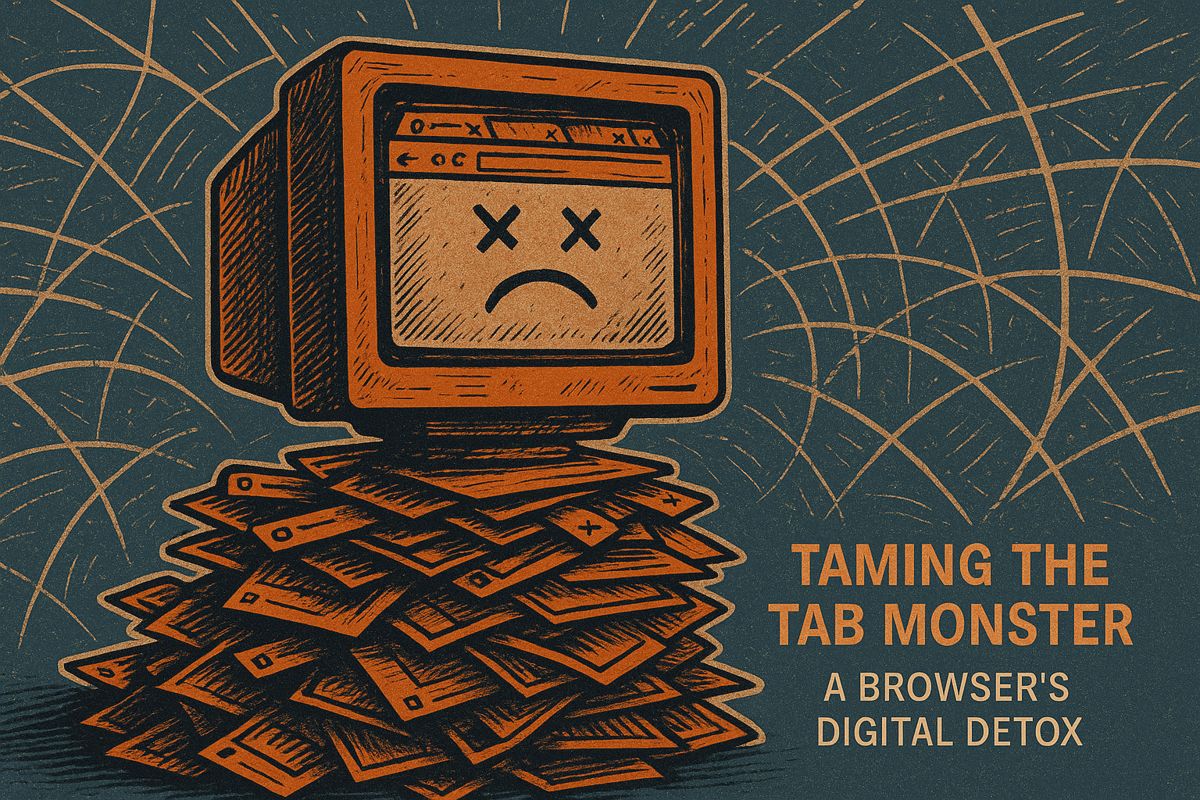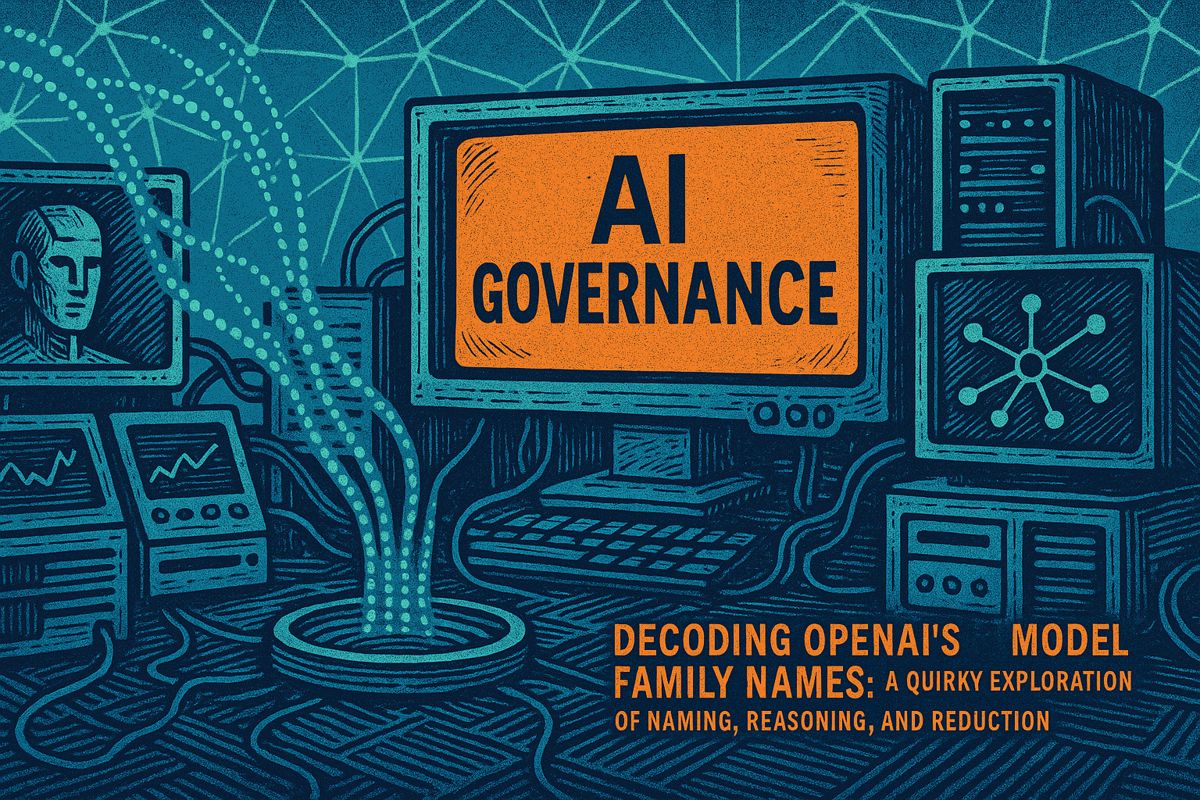The EU’s new AI Code is like a big, bright neon sign for everyone using AI. It tells companies they must be super clear about how their AI works, respect who made the stuff the AI learned from, and be extra careful to stop bad things from happening. This means sharing how AI models are built, giving artists power over their creations, and testing AI to make sure it’s safe. It’s a huge change, making sure AI is used responsibly and carefully, starting in August 2025.
What are the key components of the EU’s new General-Purpose AI Code of Practice?
The EU’s new AI Code, with enforcement starting August 2025, mandates transparency, requiring detailed documentation of AI models. It also enforces copyright rigor, giving recourse to content creators. Lastly, it demands stringent risk management, including mandatory assessments, adversarial testing, and incident reporting for all companies using AI.
The First Neon Flicker
Sometimes a regulatory update doesn’t just land in your inbox. It flares—hot, electric—like a neon sign spitting to life in a wet Brussels alley. When I read that the European Union finalized its General-Purpose AI Code of Practice, I didn’t just scroll past. I stopped. You could almost hear the rain and taste the anxiety—something was happening, and it was bound to affect everyone in the data trenches.
Last autumn, in a smoky Berlin cafe, I talked with Dr. Eva Klein, CTO of a fintech disruptor. We’d just watched our cappuccinos go cold, debating AI risk not as dry compliance, but as a pulse: trust, she insisted, is like oxygen; lose it and your product gasps for air. Her words circled back as I read the new code. Suddenly, the EU’s dense language sounded a little more personal.
I won’t pretend I always got this right. I’ve brushed off regulatory briefings, thinking, “Surely this will blow over.” Regret, meet reality. Because this code? It’s not a warning shot—it’s the real thing, especially for anyone whose stack even whispers GPT-4 or Gemini.
Anatomy of the New Rules
Let’s get specific. The EU’s Code isn’t just a checklist for compliance nerds; it’s a concrete framework, with enforcement starting August 2025. Any company—Airbus, BNP Paribas, or your scrappy SaaS startup—faces a three-pronged mandate: transparency, copyright rigor, and risk management. It’s written in the kind of calm bureaucratic instrument you only appreciate when you realize just how much is at stake.
Transparency? Think of it as X-raying your models for the world. All enterprises must document their models: training data sources, intended uses, known limitations, all signed off in standardized forms. Imagine the clammy feeling in your palms when you realize your latest algorithm might end up dissected in a regulatory filing—or in court. That’s not hypothetical; it’s the new normal.
And copyright isn’t an afterthought. The code demands that AI developers uphold EU copyright law, giving artists and journalists clear legal recourse to opt out of data sweeps. If you’ve ever scraped content thinking “nobody will notice,” well, that era’s door is creaking shut. There’s a certain grim satisfaction in that, isn’t there?
Risk: The New Black Box
Risk management gets clinical, almost surgical. The code hardwires mandatory risk assessments, adversarial testing, and incident reporting into daily workflows. Picture this: your team spends months tuning a model, only to have auditors ask, “But what if it fails catastrophically?” That’s a cold sweat moment.
What’s it like to be a data scientist or product manager in this climate? You’re straddling a razor: the intoxicating promise of generative AI on one side, and a mountain of legalistic rigor on the other. You might ask yourself—am I innovating, or just waiting for my next compliance review?
More than 45 companies, including tech titans and industrial giants, have protested. They worry about cost, speed, and losing ground to Silicon Valley’s looser leash. But the EU’s message is clear: no more “move fast and break things.” These days, it’s document, assess, and if you slip, report.
The Big Picture: Europe’s Gambit
It’s strange, almost paradoxical. Europe, so often cast as a laggard in the tech race, is now sprinting ahead on AI regulation. The phased rollout—high-risk systems first, general-purpose models next—gives companies like SAP and Orange a little breathing room, but the clock is ticking. August 2025 is closer than it feels. Tick-tock, tick-tock…
What matters most is the assertion of regulatory sovereignty. The EU wants global AI to play by its rules, not just for show, but to set the gold standard for accountability. Is that ambition quixotic? Maybe, but in a landscape where every new model is both marvel and menace, someone has to set boundaries.
In the end, the Code of Practice is both lock and key: a shield for digital citizens and a sharpening stone for companies. It’s unsettling, fascinating, sometimes a little overwhelming. Oh—and if you’re in charge of compliance, don’t forget to check the checklist. Your legal team is watching. Trust me, I’ve learned that lesson the hard way.



















